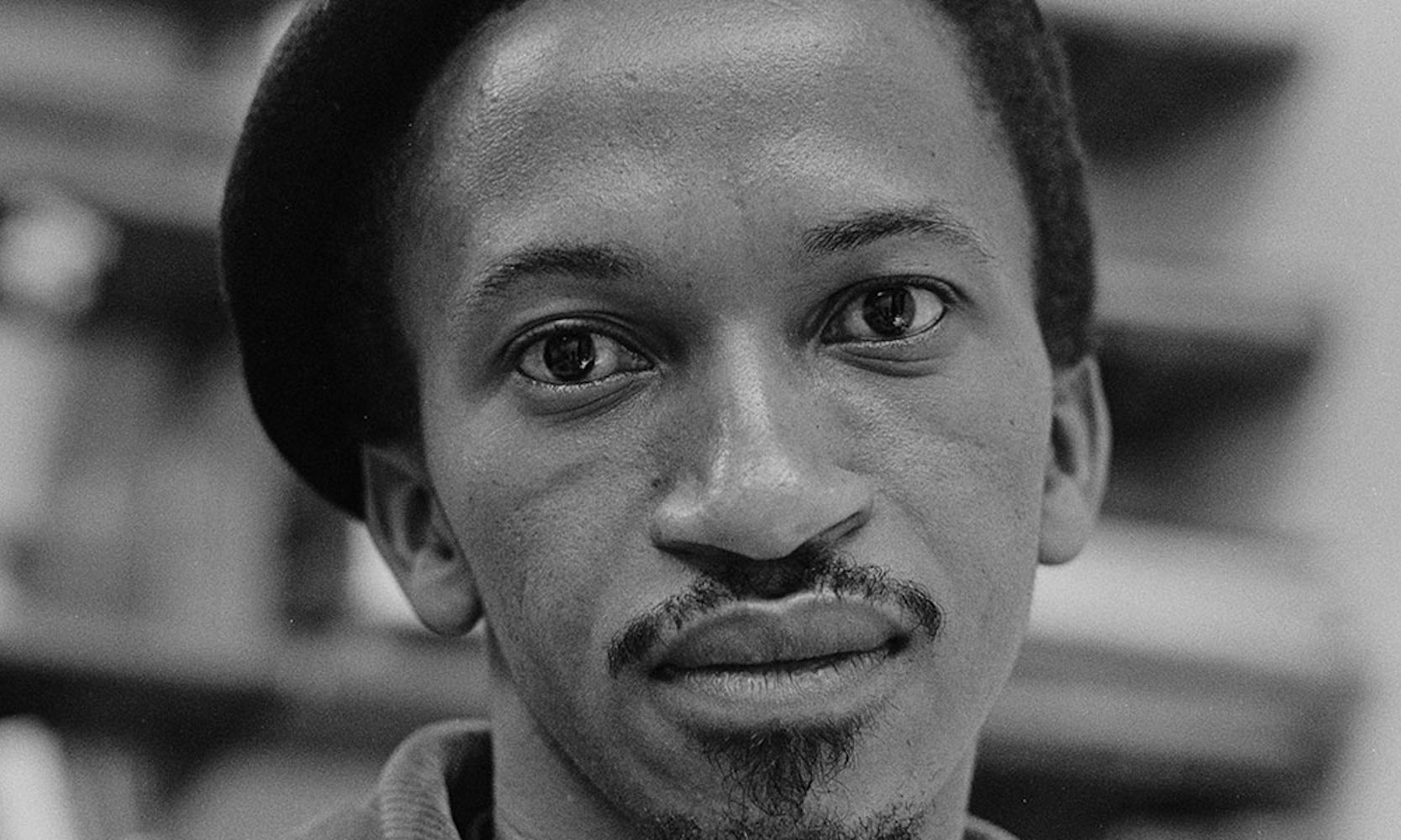Photographer Ernest Cole in a scene from Ernest Cole: Lost and Found Courtesy the Toronto International Film Festival, mk2 Films
Across a more than 40-year career, the Haitian film-maker Raoul Peck has looked at colonialism from just about every angle: documentaries about James Baldwin (I Am Not Your Negro) and the theft of Black land (last year’s Silver Dollar Road); biopics of Patrice Lumumba and Karl Marx; even a hybrid essay film and historical fiction HBO miniseries depicting genocides throughout the ages (Exterminate All the Brutes). The subject of his new documentary is something of a kindred spirit: Ernest Cole, the South African photojournalist whose 1967 book House of Bondage, though banned in his native country, was among the definitive portraits of the apartheid regime that took shape across the early years of his life and defined his adulthood in unhappy exile—a biography, in Cole’s telling, that speaks to the tragedy of statelessness. Drawing on an astonishing trove of photographs, Peck makes the case for Cole’s artistry in telling the story of his times, which is also the story of his life.
Cole received a perfunctory New York Times obituary upon his death, of pancreatic cancer, in February 1990, the month of Nelson Mandela’s release from Robben Island—Cole died with apartheid. But he was a largely forgotten figure by 2016 when, quite randomly, a Swedish bank found 60,000 of his negatives in its vaults. (The bank cannot or will not say who rented the safe deposit boxes.) This archive paints a fuller picture of Cole’s artistry, and is the backbone of Peck’s formally compelling film—Ernest Cole: Lost and Found, having its North American premiere at the Toronto International Film Festival—which is largely structured around them. They’re a reverse-angle autobiography and historical chronicle, accompanied by a first-person voiceover, read by Lakeith Stanfield, drawn from recollections, correspondence and guesswork.
The story begins with Cole’s photographs of South African apartheid in the 1960s. As the voiceover recollects how the township of Cole’s birth was bulldozed under the guise of urban renewal, Peck’s frame pans and zooms across Cole’s photos, Ken Burns-style, picking up the traces of the regime in the landscape and the telling details in the posture of police officers and the Black citizens they stop. Cole learned to “steal” moments by shooting on the move, his subjects frequently making furtive or imploring eye contact with his camera.
Seen in a beret and goatee in excerpts from a 1969 documentary, Cole looks every inch the radical, a “chronicler of misery and injustice” whose big break came when a German magazine that had previously rejected his work needed something to run following the assassination of South Africa’s Prime Minister Henrik Verwoerd. Forced to leave the country and largely settling in New York City, Cole was eager to photograph other subjects, but was unable to excite himself, or editors and tastemakers, the way that House of Bondage had, for reasons at which the voiceover can only speculate vaguely. His photographs of the Jim Crow South invited parallels to his native country, which Peck presses with side-by-side split-screens and Cole’s own provocative reflections in interviews. But he also struggled to fulfil the Ford Foundation’s grant requirements, and experienced increasingly long periods of itinerancy and homelessness, a homesick exile.
Stanfield’s narration gives Cole a psychological profile, making him seem at once elusive and ambitious as it tracks his peregrinations across New York and Sweden; the voiceover, which muses poetically on injustice and the restless spirit of the Black artist and man without a country, also zooms out to tell the whole story of the apartheid regime, for which Peck needs to lean on more generic archival news sources. We occasionally lose track of Cole in this story, but the core of the film, his work, is an inestimable gift.
Inspired as a young man by Henri Cartier-Bresson, Cole seems to have cultivated a gift for capturing his subjects at the precise moment that they were most fully themselves: in the cock of a hip and the hem of a dress, in the stolen glance at a Times Square peep show or the confrontational gaze into the camera at a protest. Though Cole was renowned in his lifetime as a photojournalist, the opening of the safe deposit boxes in Sweden reveals a great 20th century street photographer, a posthumous discovery on the level of Vivian Maier.

